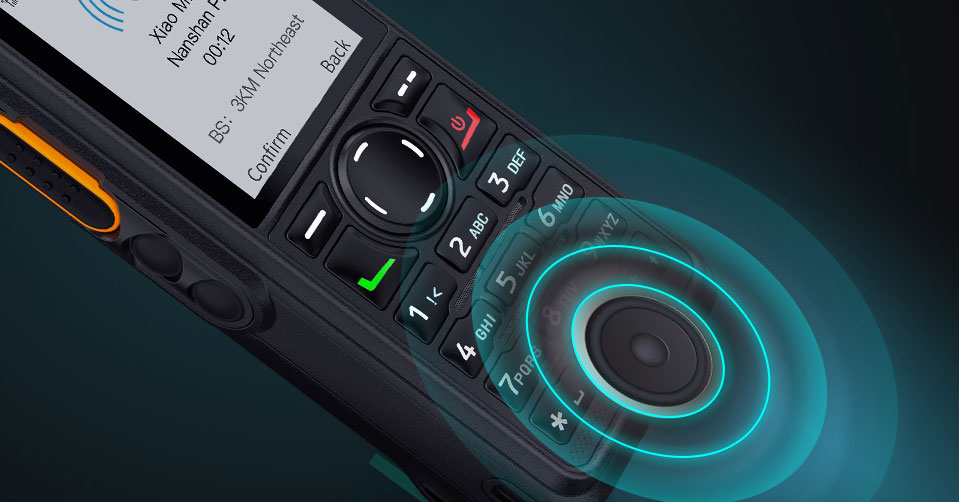Command & Dispatcher
In modern radio communication systems, a dispatcher plays a crucial role as a software solution designed specifically for command center dispatching. It serves as the backbone of centralized communication management, enabling organizations to coordinate resources, enhance operational efficiency, and respond effectively to critical situations.
A dispatcher is a software application integrated into radio communication systems to facilitate real-time monitoring, communication, and coordination of field operations from a centralized command center. It acts as the interface between field personnel and decision-makers, allowing seamless information exchange and task management.
Core Features of a Dispatcher Software
Real-Time Communication
Enables instant voice and text communication with field personnel through portable and mobile radios.
Supports group calls, individual calls, and priority calls for critical situations.
Live Monitoring
Displays the real-time status of all communication devices in the network, including location tracking via GPS.
Provides updates on signal strength, battery status, and device activity.
Command and Control
Facilitates remote control of communication devices, such as channel changes, power adjustments, and emergency overrides.
Enables dispatchers to assign tasks, issue commands, and coordinate responses effectively.
Mapping and GPS Tracking
Integrates with GIS systems to provide live location tracking of personnel and assets.
Allows geofencing to alert operators when devices enter or leave predefined areas.
Emergency Response
Includes an emergency alarm function to prioritize critical incidents and provide rapid support.
Displays detailed incident information for effective response planning.
Recording and Playback
Records all voice communications and data exchanges for audit, training, and incident analysis.
Allows playback of specific conversations or events to review operational decisions.
Integration with Other Systems
Supports integration with third-party systems such as video surveillance, access control, and resource management platforms.
Can connect with trunking systems, PoC platforms, and broadband networks for unified communication.
Customizable Interface
Offers user-friendly and customizable dashboards tailored to specific operational requirements.
Benefits of Dispatcher Software
Enhanced Efficiency
Streamlines communication and coordination, reducing delays and improving task execution.
Improved Safety
Provides real-time monitoring and emergency alerts to ensure personnel safety.
Centralized Management
Consolidates communication and operational control in one platform, reducing complexity.
Scalability
Adapts to the needs of growing organizations with expandable features and device integration.
Data-Driven Insights
Offers analytics and reporting tools for performance evaluation and strategic planning.
Applications of Dispatcher Software
Public Safety
Used by police, fire, and emergency medical services to coordinate rapid response operations.
Utilities and Energy
Supports field workers in maintaining infrastructure, addressing outages, and managing resources.
Transportation and Logistics
Ensures smooth operation of fleets, real-time location tracking, and efficient dispatching.
Construction
Manages large-scale projects by coordinating teams and equipment across expansive sites.
Industrial Operations
Facilitates communication in manufacturing plants, warehouses, and distribution centers.
Dispatcher software transforms traditional communication networks into powerful, efficient, and safe operational ecosystems. Whether it's ensuring seamless team collaboration, improving resource allocation, or enabling rapid emergency response, dispatcher software is a critical investment for organizations seeking to elevate their command and control capabilities.




